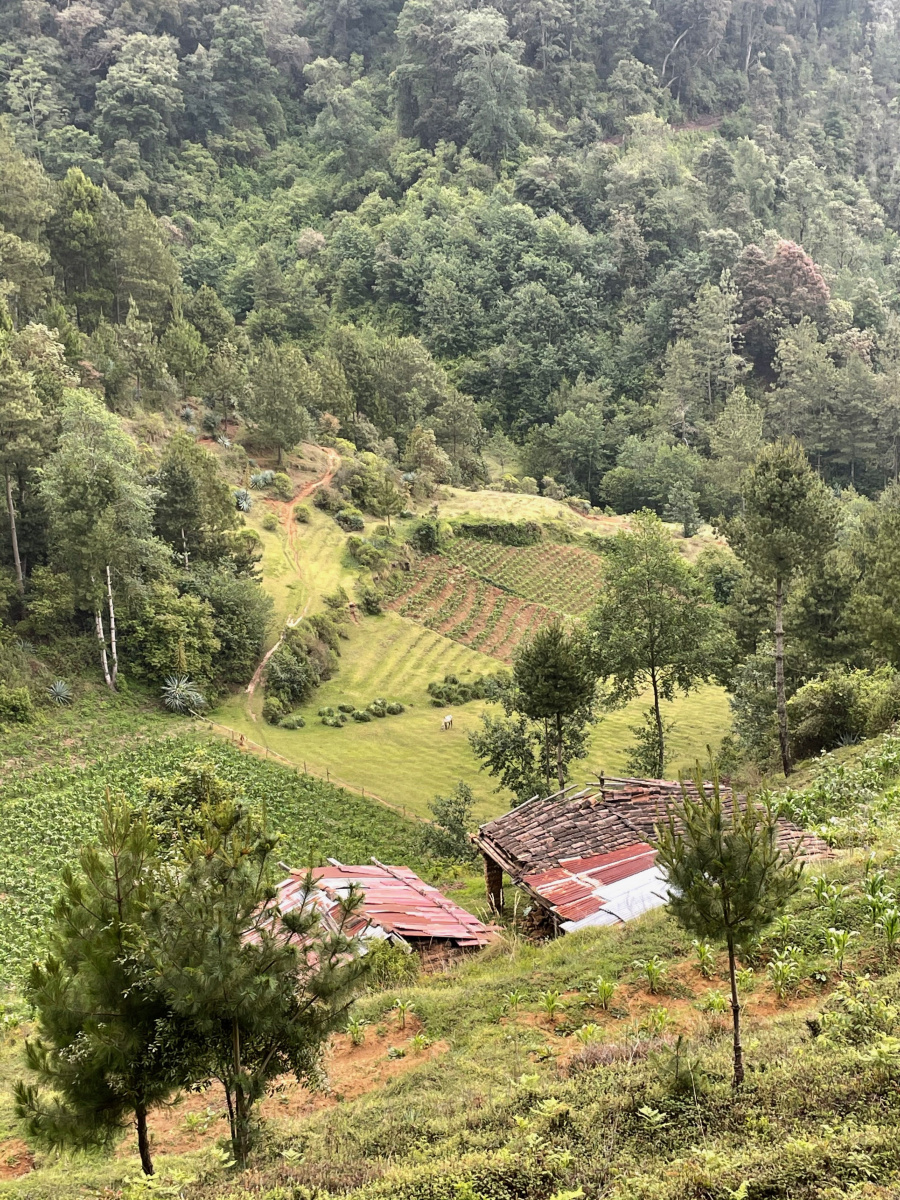Biodiversity and soil health: how protecting one, safeguards the other
The International Day for Biological Diversity, celebrated each year on May 22, aims to increase awareness of biodiversity, the living fabric of our planet. ‘Building a shared future for all life’ is the theme this year, chosen to build momentum for the post-2020 biodiversity framework which will define global biodiversity targets for the next decade and beyond.

Photo: ©IUCN/Judith Beyeler
From nature-based solutions to climate, health issues, food and water security, and sustainable livelihoods, biodiversity is the foundation upon which we can build back better. A key premise of building back better is a strong and solid foundation. That foundation on planet earth is soil.
Healthy soil has the ability to sequester carbon and help reverse the effects of climate change, it better absorbs and retains water, cutting down on evaporation and creating resilience to drought and extreme weather, it increases soil fertility and productivity, increases the nutritional value of food and forage, supports greater biodiversity and ensures species stability.
 Photo: ©IUCN/Sharon Van Tuylen
Photo: ©IUCN/Sharon Van Tuylen
Yet, over half our agricultural soils are already degraded. Soil degradation is the physical, chemical and biological decline of soil quality. Caused by unabated deforestation and urbanisation, industrial pollution, overgrazing, and unsustainable agricultural practices, this loss threatens our very survival. A change in farming practices has never been more urgent.
Through evidence-based dialogue between the agriculture and conservation sectors, IUCN is working on a large-scale Sustainable Agriculture and Land Health Initiative to promote regenerative approaches that restore and conserve biodiversity on farms and agricultural landscapes.
“Sustainable agriculture can feed the world while protecting the environment that supports it. Agriculture depends on biodiversity, so in order for agriculture to be sustainable, it must contribute to conserving that biodiversity, particularly the soil which safeguards ecosystems and their services”, said Jonathan Davies, IUCN Senior Agriculture Advisor.
One of the initiative’s projects is located in the highlands of Guatemala. In this region of Central America, high deforestation rates and intensive land-use practices have led to the fragmentation of tree cover, causing land erosion and subsequently loss of soil fertility and water quality. The effects of climate change also threaten communities and the land through weather extremes, including increased rainfall during the wet season and increased heat during the dry season.
“Adopting agro-ecological practices in the landscape helps improve ecosystem functions which in turn revive soil life”, says Ottoniel Monterosso Rivas, IUCN National Project Coordinator in Guatemala. He manages the ‘Resilient Highlands’ project in Guatemala, part of the IUCN Land Health Initiative. This project encompassing the wider landscape – from mountain top to valley lowlands – allowing for an integrated approach towards sustainable agriculture.
Working towards improved agricultural practices starts with the watershed above. Ensuring water is managed well and sufficient levels are available for downstream use is key. This has lead Ottoniel and his team to embark on a big reforestation mission as trees keep water in their roots and soil system. Today, over 3,000 ha of forest has been rehabilitated at the upper levels of the project site. Ensuring the watershed can perform its ‘sponge-like’ work, trees need to be replanted or preserved in order to safeguard this vital ecosystem service.
 Photo: ©IUCN/Orsibal Ramírez
Photo: ©IUCN/Orsibal Ramírez
The diversification of crops will allow water to be retained in the soils whilst providing habitat for species and livelihoods for communities. By bringing land under shade from vegetation and enriching soil through plant litter and animal waste, all benefit. Sustainable agriculture is a win-win for nature and people, and the way forward for biodiversity protection and food security.
**
For more information, please contact:
Ottoniel Monterosso Rivas, IUCN National Project Coordinator, Guatemala: adolfo.monterosso[@]iucn.org
Claire Warmenbol, IUCN Communications Manager, Switzerland: claire.warmenbol[@]iucn.org
